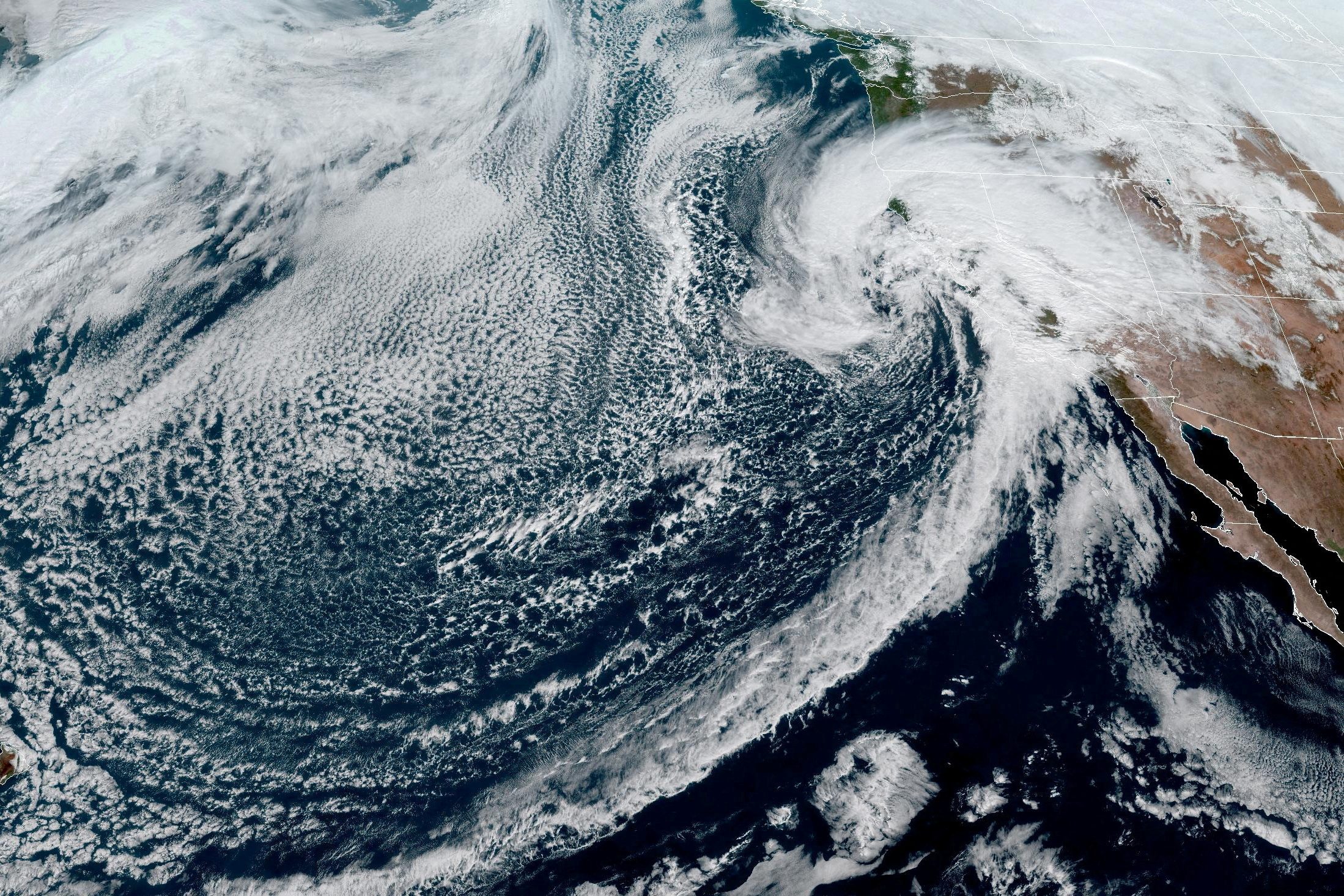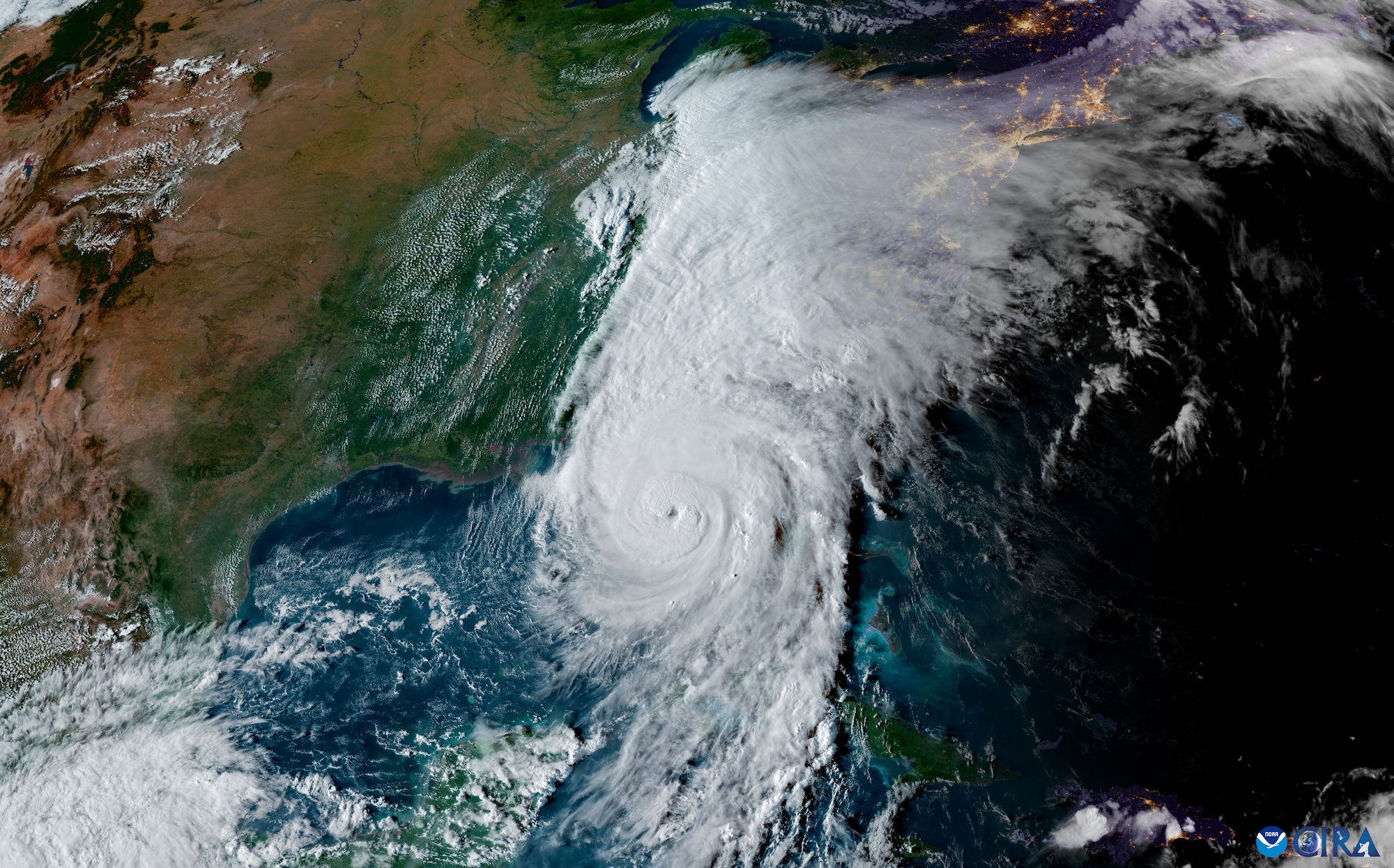By Brian K. Sullivan—
(Bloomberg) –Hurricane Ida gained power rapidly Sunday as it crossed the Gulf of Mexico on its way to smashing into Louisiana, with New Orleans and the coast braced for destruction.
Ida’s maximum sustained winds are estimated at 150 miles (241 kilometers) per hour, and it is a “dangerous category 4 hurricane,” the National Hurricane Center said. Only two other storms on record have made landfall in Louisiana with winds that powerful.
The storm is expected to strike the U.S. coast Sunday. Ocean levels could increase as much as 16 feet (4.9 meters) in some places.
“Ida’s central pressure has fallen 6 millibars during the past hour,” the National Hurricane Center said in a 2 a.m. Central update. The lower a storm’s central barometric pressure — a measure of its strength — the more intense it is.
The city of New Orleans is asking residents to evacuate or shelter in place, and suspending the mass transit system. The levee gates will close in many areas, hospital wards in the region are being cleared out, oil refineries and offshore production are shutting down, and thousands of residents are fleeing for their lives. Ida will probably hit New Orleans on the 16th anniversary of Hurricane Katrina, one of the most devastating natural disasters in U.S. history.
“We are beginning to see the rapid intensification of the storm,” Deanne Criswell, administrator of the Federal Emergency Management Agency, told President Joe Biden at a briefing at the White House.
The storm could damage close to 1 million homes along the coast, with potential reconstruction costs estimated to exceed $220 billion, according to CoreLogic. With winds strong enough to destroy dwellings and knock out power for weeks or longer, areas that suffer a direct hit could be uninhabitable for weeks or months, according to the hurricane center.
“This is kind of an alarming situation,” said Jim Rouiller, lead meteorologist at the Energy Weather Group. “It could be catastrophic.”
There’s little in Ida’s way to stop it from ramping up to the second-most destructive category of storm given the deep eddy of 86 degrees Fahrenheit (30 Celsius) sea water that it will traverse before it roars ashore, said Todd Crawford, director of meteorology at commercial forecaster Atmospheric G2. Warm water is like fuel to tropical cyclones.
“Everything you need for a hurricane to explode is in place and we are seeing signs of that happening right now,” Rouiller said. “I am alarmed.”
The combination of wind, flooding and tornadoes will lead to widespread destruction and power outages in some places that could last weeks, Rouiller said.
As of late Saturday, 492 flights had been canceled in New Orleans, Dallas, and Houston through Monday, according to FlightAware, an airline tracking service. Louis Armstrong New Orleans International Airport was thronged with local residents lining up for outbound flights or trying to rent vehicles to flee the city. Queues at rental car kiosks were hours long.
Hospital Lockdowns
Oil and gas prices gained Friday as energy companies shuttered facilities and evacuated workers. Louisiana Children’s Medical Center is sending home some patients and will put its six New Orleans-area hospitals into lockdown Sunday morning. On its current track, the storm could cause from $10 billion to $30 billion in damage and losses, said Chuck Watson, a disaster modeler with Enki Research.
“Little wobbles matter a lot,” Watson said. “If it goes just east of New Orleans, that risks pumping water into Pontchartain and overtopping the levees and all bets are off.”
Some levees outside of the Hurricane and Storm Damage Risk Reduction System could be topped by the waters. About half of all hurricane deaths are due to flooding.
President Biden declared a state of emergency for Louisiana. New Orleans, often referred to as NOLA, is below sea level and depends on levees and pumps to keep the ocean and river out. The Mississippi River in downtown New Orleans is forecast to rise by more than 6 feet Sunday, the National Weather Service said.
“NOLA is always a place that things can go wrong quickly and badly,” said Enki Research’s Watson.
Even if the levee system holds and keeps the surge at bay, New Orleans could face a major flood risk from the rain alone, said Ryan Truchelut, president of Weather Tiger LCC. FEMA has deployed about 2,500 people to Louisiana and states including Alabama, Florida, Georgia, Mississippi and Texas. Urban Search and Rescue teams are being sent to Louisiana, it added, with other teams on alert.
Oil, Crops
Oil explorers are bracing for the storm and have already halted the equivalent of more than 1.2 million barrels of daily crude production. Royal Dutch Shell Plc, BP Plc and others are shutting offshore platforms and evacuating crews.
The Gulf is home to 16% of U.S. crude production, 2% of its natural gas output, and 48% of the nation’s refining capacity. After Ida comes ashore, it could also flood cotton, corn, soybean and sugarcane crops, said Don Keeney, a meteorologist with commercial forecaster Maxar.
–With assistance from Justin Sink, Yueqi Yang, Sergio Chapa, Sophia Cai and Sophia Chalmer
.© 2021 Bloomberg L.P.

 Join The Club
Join The Club











